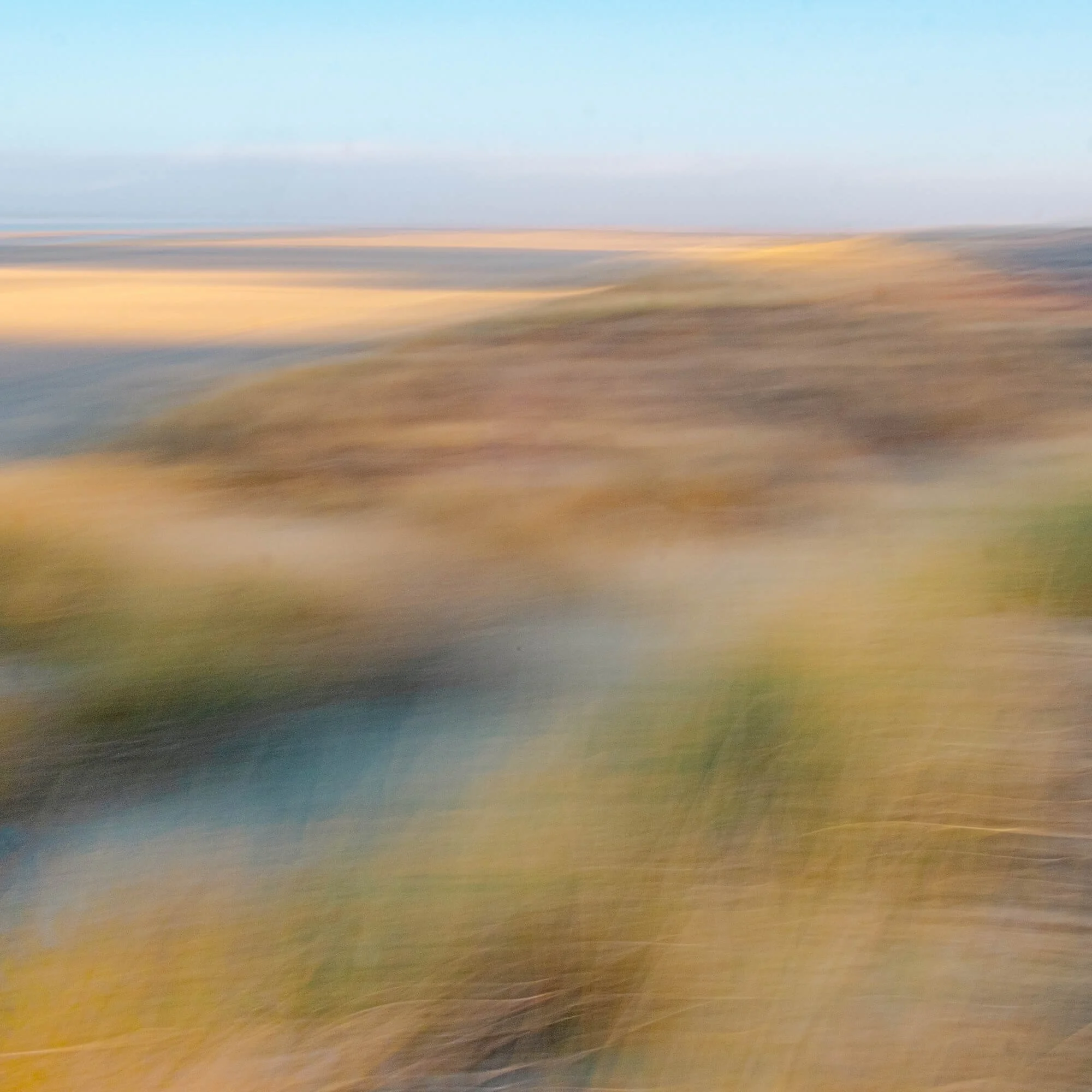Intentional Photography
Search “intentional photography” and you’ll likely get a list of results all featuring Intentional Camera Movement. Which is fine if what you’re searching for is ICM. Such as this image…
Except I’m not.
I recently saw a YouTube by a photographer who had set himself the challenge of turning off the back screen of his digital camera and essentially manually counting the number of images he had taken up to 36. Doing his best to mimic a film camera whilst using a digital one (Fujifilm). All with one film simulation and constant ISO setting.
A number of people “out there” still hark back to film and analogue days. Maybe you’re one?
It’s costly business but one that has a committed following notwithstanding. Fuji came up with a camera design a few years back (X-Pro3) which had a small back screen made to just show the film simulation the camera had been set to. Opinions were divided.
All of which got me thinking about - instead of a “spray and pray” approach to photography - we adopt an “Intentional Photography” mindset instead. One of the outcomes the YouTube photographer found out during his process of “pretending” his digital camera was a film one, was that he slowed down taking photos.
Restricted as you used to be to 24 or 36 images, you want to make every one of them count.
An additional approach could be “SOOC”. Straight out of camera. So no shooting RAW or fiddling around with your JPEGs. What you see is what you get. Or in this case, what you shoot is what you get. Again, one particular UK photographer (and there are likely many more) makes a thing about this on his website. In fact, he says he hasn’t post processed an image since 2018.
Now that’s something. No cropping even. Nothing. Zilch.
On the flip side, another photographer who I hugely respect wrote recently that he actually enjoys the whole business of processing an image on his desktop using Lightroom.
So where do I stand in all this? Truth be told, I have a foot in both camps. I do remember the excitement waiting for my Fuji slides to come through the post. But I don’t miss changing a film roll with freezing cold fingers on some Scottish winter-mountainside. And I appreciate the economics of digital over analogue.
I do admire the photographers who can nail an image in camera and have it perfect, for them, straight away. No need for tweaking on a laptop. That said, as many of my Black & Whites are split-toned (i.e. below), I have to do this in Lightroom, so I may as well incorporate this into my overall workflow of post processing.
I don’t spend hours post processing - usually 20 mins max except if stitching (like the image below which combined 7 separate images) is required. Even then it’s a process I enjoy and especially when I’m in control of the entire process from the time I press the shutter to the time I take the print from the printer tray in my workroom.
Maybe that’s it after all. Control….




